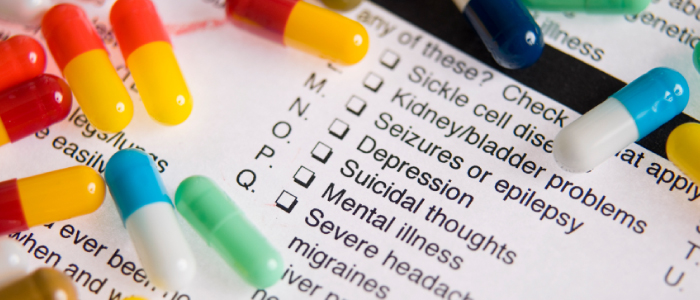 Pregnenolone serves as a precursor to other hormones, including dehydroepiandrosterone (DHEA) and progesterone.
Pregnenolone serves as a precursor to other hormones, including dehydroepiandrosterone (DHEA) and progesterone.
Where is it found? The cells of both the adrenal gland and the central nervous system synthesize pregnenolone. Human studies show there are much higher concentrations of pregnenolone in the nervous tissue, than in the bloodstream.2 Animal studies indicate the concentration of pregnenolone in the brain is ten-fold higher than that of other stress-related hormones (including DHEA).3 Pregnenolone is present in the blood as both free pregnenolone and a more stable form, pregnenolone-sulfate.
Who is likely to be deficient? Since it is not an essential nutrient, pregnenolone is not associated with a deficiency state.
How much is usually taken? Pregnenolone is generally available in amounts of 10 to 30 mg. It is not known what an appropriate intake is for humans or whether the benefits of taking this hormone outweigh the risks.
Are there any side effects or interactions? Due to its antagonistic effects on the GABA receptor in the central nervous system, supplementation with pregnenolone could cause problems in people with a history of seizures. Pregnenolone supplementation may increase the levels of progesterone and DHEA in the body and possibly the levels of other hormones (testosterone and estradiol). In theory, pregnenolone could cause disturbances in the endocrine system, which may manifest as changes in the menstrual cycle or the development or aggravation of hormone sensitive diseases (including breast and prostate cancer). The side effects and interactions with other therapies are currently unknown.
At the time of writing, there were no well-known drug interactions with pregnenolone.
